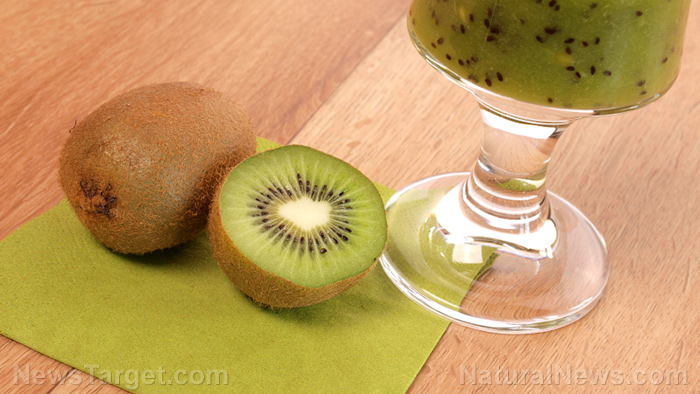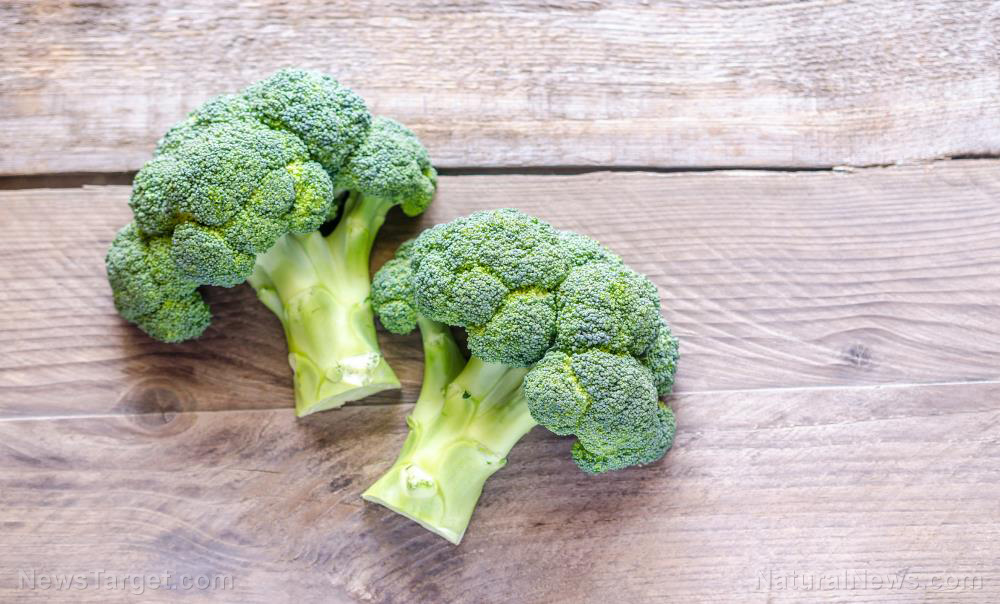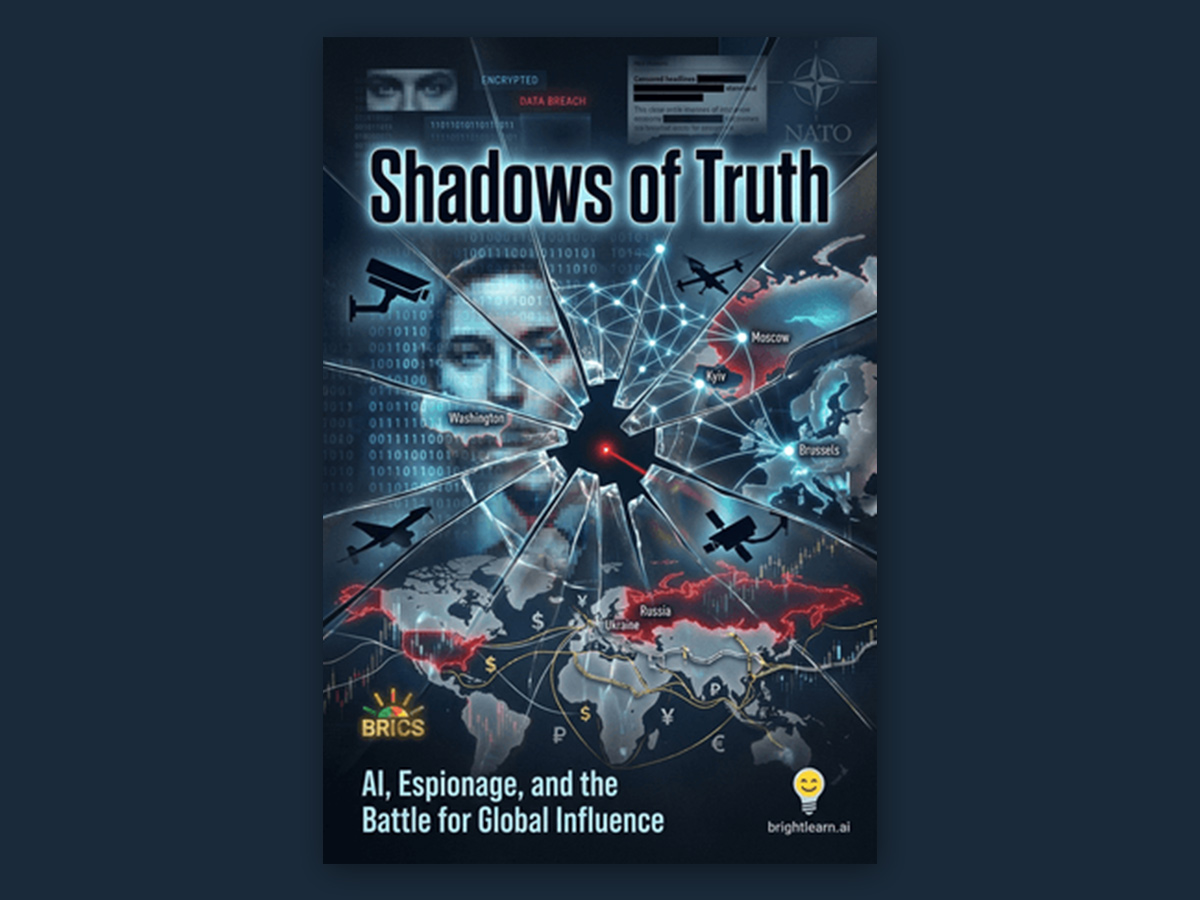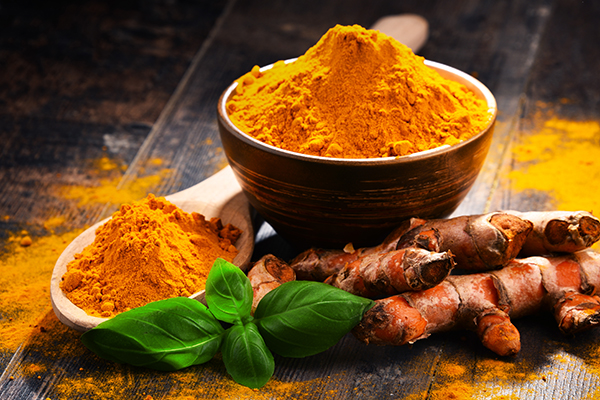
Bulgur
Bulgur wheat is an ancient whole grain that comes from the Middle East. According to Rude, it is a perfect food in terms of nutrients, taste and most importantly, shelf life. This whole grain has been around for thousands of years. Archaeologists have even discovered it buried with mummies in Egypt. During the Cold War, when the United States was trying to figure out how to keep the population fed during a nuclear war, it decided that a doomsday ration cracker made out of bulgur was the best way to go due to its nutrition and long shelf life. (Related: Survival 101: Stock up on essential supplies and fortify your home before TEOTWAWKI.)Frumenty
Frumenty is a medieval dish from Western Europe. It is usually made of cracked wheat boiled either in milk or soup broth. "Many are thought to have survived because the vital nutrients in this complete food fortified their bodies against diseases later," said Rude. "It nursed kings, children and Victorian workhouses and even Confederate General Richard S. Ewell, who ate it at almost every meal."Dried and salted cod
According to Rude, dried and salted cod is a Viking superfood that they brought with them during their long voyages across the sea because it has a three-year-long shelf-life. As it ages, its taste "only gets better … like wine." Dried and salted cod is rich in nutrients like vitamins A, B6, C and E, omega 3 fatty acids, potassium and magnesium. It can help lower blood pressure, sharpen memory and lubricate joints.Aaruul
Aaruul is a Mongolian curd cheese, and it is one of the staple foods of the people of Mongolia who still live nomadic lifestyles. Specific recipes depend on the type of cheese used – whether it be sheep, goat, cow, yak, camel or horse – but it is generally made by mixing cheese curds with other ingredients, like sugar and wild berries, slicing up the mixture and then drying. Aaruul is a calcium-rich superfood that Mongolians consider to be a fantastic food for strengthening the teeth and gums. According to Rude, aaruul can even be turned into a superfood loaded with probiotics by mixing it in with yogurt before drying.Pastrima
Pastrima, or pastirma, is a shelf-stable "coated meat" of Turkish and Armenian origin. It is an air-dried cured beef that is loaded with seasonings, giving it a ton of nutrients. According to Rude, pastrima was one of the Ottoman Empire's main survival foods and for centuries it helped prevent the empire's armies from starving.Tarhana
Tarhana, another food from Turkey, is a soup that, if stored properly, can also last for a long time. It is made from wheat flour, yogurt and a variety of vegetables like onions and tomatoes. This soup is a probiotic powerhouse that can stay good for years thanks to the fermentation process killing off dangerous bacteria in it. It is also a great source of vitamin B, zinc, protein, calcium, iron, potassium, magnesium and copper.Biltong
Biltong is the Southern African equivalent of jerky. It is also dried and cured, according to Rude, and can last for so long that "you'll probably forget where you stored it." Traditionally, biltong is made by taking meat – usually beef or other meats like ostrich and venison – and then soaking it in a salt-and-vinegar brine solution. This solution can even include other spices like coriander. Biltong is rich in nutrients, especially protein and iron, but also other essential nutrients like magnesium, potassium and B vitamins. At the end of his video presenting these historical superfoods, Rude stressed the importance of stockpiling nutrient-rich and health-boosting foods immediately. "Food is always hoarded as people panic," he warned. "And unless you want to fight tooth and nail for the last can on the shelf with someone twice your size, you need a better way." "These are the foods that save countless lives during famines and food shortages," said Rude. "And they'll do the same for you and yours, should the time come. It could be tomorrow, or it could be five years from now. We never know when a crippling crisis is going to hit until it's too late." Watch this video of Art Rude explaining in more detail how the superfoods listed above can last for long periods in a survival stockpile, even without refrigeration. This video can be found on the Gun Gun channel on Brighteon.com. Learn more about the different superfoods people can add to their survival stockpiles at EmergencyFood.news. Sources include: Brighteon.com Healthline.com 1 DrHealthBenefits.com FondazioneSlowFood.com TheLostSuperfoods.com DailySabah.com Healthline.com 2Feeling constipated? Try kiwi fruit (plus recipe)
By Joanne Washburn // Share
Compound in broccoli may help repair brain damage
By Cassie B. // Share
Study suggests these nutrients can improve lean body mass in older adults
By Franz Walker // Share
Survival gardening: 7 Plants with leaves that can be used as toilet paper
By Virgilio Marin // Share
Prepping basics: How to use a sharpening stone properly
By Divina Ramirez // Share
Decades-old drug used to treat alcoholism found to be effective against covid
By Ethan Huff // Share
U.S. reportedly preparing new SANCTIONS against Russia if Putin rejects peace deal
By ramontomeydw // Share
Ukrainian public trust in NATO plummets as poll reveals deep skepticism toward U.S.-led alliance
By patricklewis // Share
Shadows of Truth: How governments and Big Tech manipulate reality
By kevinhughes // Share
The hidden link between chronic inflammation and disease: How to fight back naturally
By patricklewis // Share











